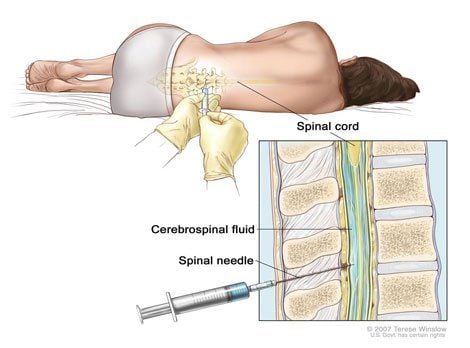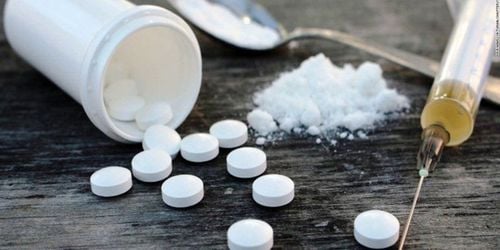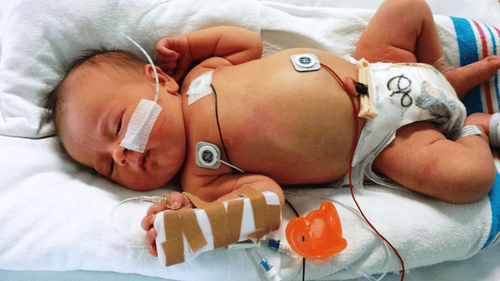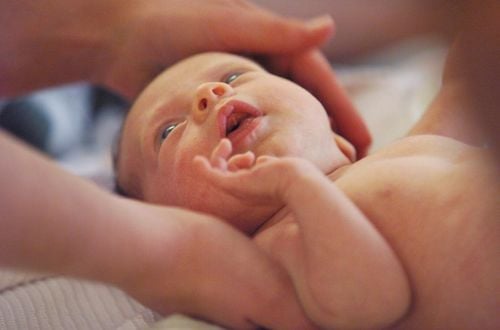This is an automatically translated article.
Neonatal sepsis is one of the dangerous diseases that can cause death in babies. It is very important to have an early diagnosis to provide appropriate treatment in time. Diagnosis of neonatal infection should be based on clinical symptoms, laboratory test results such as complete blood count, blood culture, urine culture, gastric juice culture...1. Clinical diagnosis
The clinical presentation of neonatal sepsis is not always obvious. Typical symptoms of neonatal sepsis include:
Sudden high fever or hypothermia, possibly with convulsions. There are often manifestations of arrhythmia (usually rapid shallow breathing, groaning), chest contraction. Tachycardia, low blood pressure, bulging fontanelle. The child is fussy, refuses to breastfeed or cannot breastfeed, vomits with diarrhea. Facial skin pale, blue skin, may be accompanied by purpura or skin rash. There may be manifestations of bacterial infection in the umbilicus, skin or other foci of infection.
2. Subclinical diagnosis
2.1.Blood count test A complete blood count reflects the bone marrow's response to infections in the body. The first response to all infections is an increase in the white blood cell count. The white blood cell count rises above 25,000/mm3 or falls below 5000/mm3. Leukopenia usually occurs in the early stages of the disease. A low neutrophil count usually suggests a serious bacterial infection. Platelet count usually falls below 100,000/mm3.CRP is an active substance that increases early in quantity and is the leading sensitive active ingredient in the chain of proteins involved in the response at the early stages of acute inflammation. Usually, after stimulating the inflammatory process about 3-6 hours, the CRP index will start to increase and peak between 36-48 hours after inflammation. CRP is a component that cannot move across the placenta. CRP index (+) when increased above 10mg/liter and not in chronic diseases.
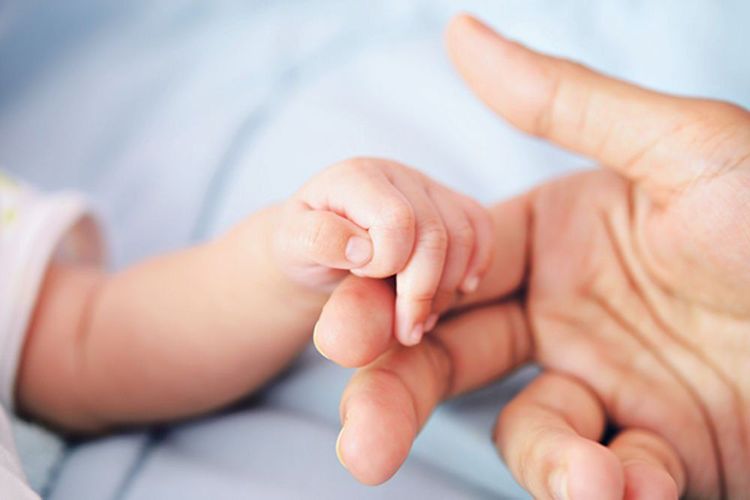
Xét nghiệm máu ở trẻ
Permissible CRP index:
Rule out neonatal infection. Or, allow early discontinuation of antibiotics for the child. Or, monitor antibiotic response for neonatal infections with elevated CRP. Note, CRP alone has no diagnostic value for infection. 2.2. Culture for testing culture is called the mainstay diagnostic method in diagnosing infectious diseases in general and in neonatal infections in particular.
Blood culture or fluid culture to confirm the presence of bacteria in these pathological cases. The minimum volume of inoculum requires 1 mL of fluid or blood.
If cultures give positive results on two different samples, the value is bacteriostatic.
Blood culture: Blood culture (+) is the gold standard in the diagnosis of neonatal sepsis, especially sepsis.
Urine culture: to identify urinary tract infections. Purulent culture: in the skin or in the navel Specimen can be taken at all sites with pus foci, for isolation to determine the exact cause of the disease. Pus can be a thick liquid or mucus with a red or yellow, green, foul-smelling odor.
Note to do pus culture before giving the patient treatment to get the most accurate results.
Stool culture: Taking stool samples for culture can help diagnose inflammatory conditions in the digestive tract such as diarrhea, digestive disorders, purulent or bloody stools...
Stool culture Specimens should be obtained at an early stage, as soon as possible, and taken before the patient is treated with antibiotics.
Culture of gastric juice: Determine the status of gastrointestinal infections in general, stomach in particular. Pay special attention in cases of infection caused by HP bacteria. 2.3.Vaginal fluid test Take the mother's vaginal fluid for testing because the baby can be infected during childbirth. The test of vaginal discharge will help isolate viruses or bacteria or determine if the cause is a fungus causing the disease to have a better treatment.
2.4. Lumbar puncture Aims to assess whether the patient has any membrane inflammation.
Test of cerebrospinal fluid:
If there is an increased lymphocyte count, the diagnosis is caused by a viral infection. If there is an elevated neutrophil count: Diagnose a bacterial infection. 2.5.Other diagnostic support tests Chest x-ray. Do a blood clotting test. Liver and kidney function tests. Electrolytes.
3. Definitive diagnosis of neonatal infection
Definitive diagnosis of neonatal sepsis should be based on both clinical presentation and laboratory findings and risk factors. If the clinical manifestations are clear, it is confirmed that neonatal infection is confirmed, then whether the laboratory results are negative or positive, they are treated in the same way as neonatal infection. clinical signs suggestive of infection:If test result is positive: treat infection. If the test result is negative: Give further follow-up and do the test again to make the diagnosis.

Chẩn đoán xác định nhiễm trùng sơ sinh
If the patient has a clinical presentation that is completely non-diagnostic, whether the laboratory test is positive or negative, further monitoring should be advised before starting treatment.
Diagnosis of severity when neonatal sepsis patient has some of the following symptoms:
Respiratory failure. Circulatory failure. Impaired function of 2 or more different organs in the body. For prompt and effective treatment, it is necessary to diagnose early signs of postpartum infection. Monitor your baby regularly to detect abnormal symptoms in time and take your child to see a doctor right away for the earliest examination and treatment to minimize complications.
As a key area of Vinmec Health system, Pediatrics Department always brings satisfaction to customers and is highly appreciated by industry experts with:
Gathering a team of top doctors and nurses in Pediatrics : consists of leading experts with high professional qualifications (professors, associate professors, doctorates, masters), experienced, worked at major hospitals such as Bach Mai, 108.. Doctors All doctors are well-trained, professional, conscientious, knowledgeable about young psychology. In addition to domestic pediatric specialists, the Department of Pediatrics also has the participation of foreign experts (Japan, Singapore, Australia, USA) who are always pioneers in applying the latest and most effective treatment regimens. . Comprehensive services: In the field of Pediatrics, Vinmec provides a series of continuous medical examination and treatment services from Newborn to Pediatric and Vaccine,... according to international standards to help parents take care of their baby's health from birth to childhood. from birth to adulthood Specialized techniques: Vinmec has successfully deployed many specialized techniques to make the treatment of difficult diseases in Pediatrics more effective: neurosurgery - skull surgery, stem cell transplantation. blood in cancer treatment. Professional care: In addition to understanding children's psychology, Vinmec also pays special attention to the children's play space, helping them to have fun and get used to the hospital's environment, cooperate in treatment, improve the efficiency of medical treatment.
Please dial HOTLINE for more information or register for an appointment HERE. Download MyVinmec app to make appointments faster and to manage your bookings easily.




